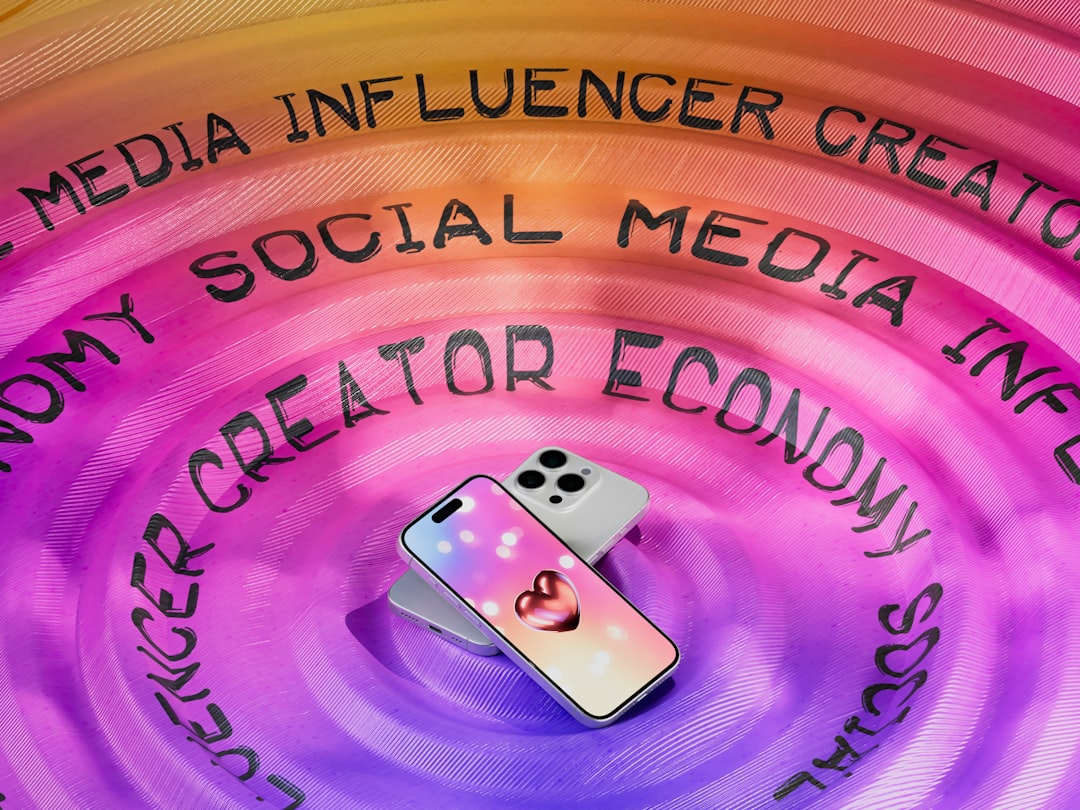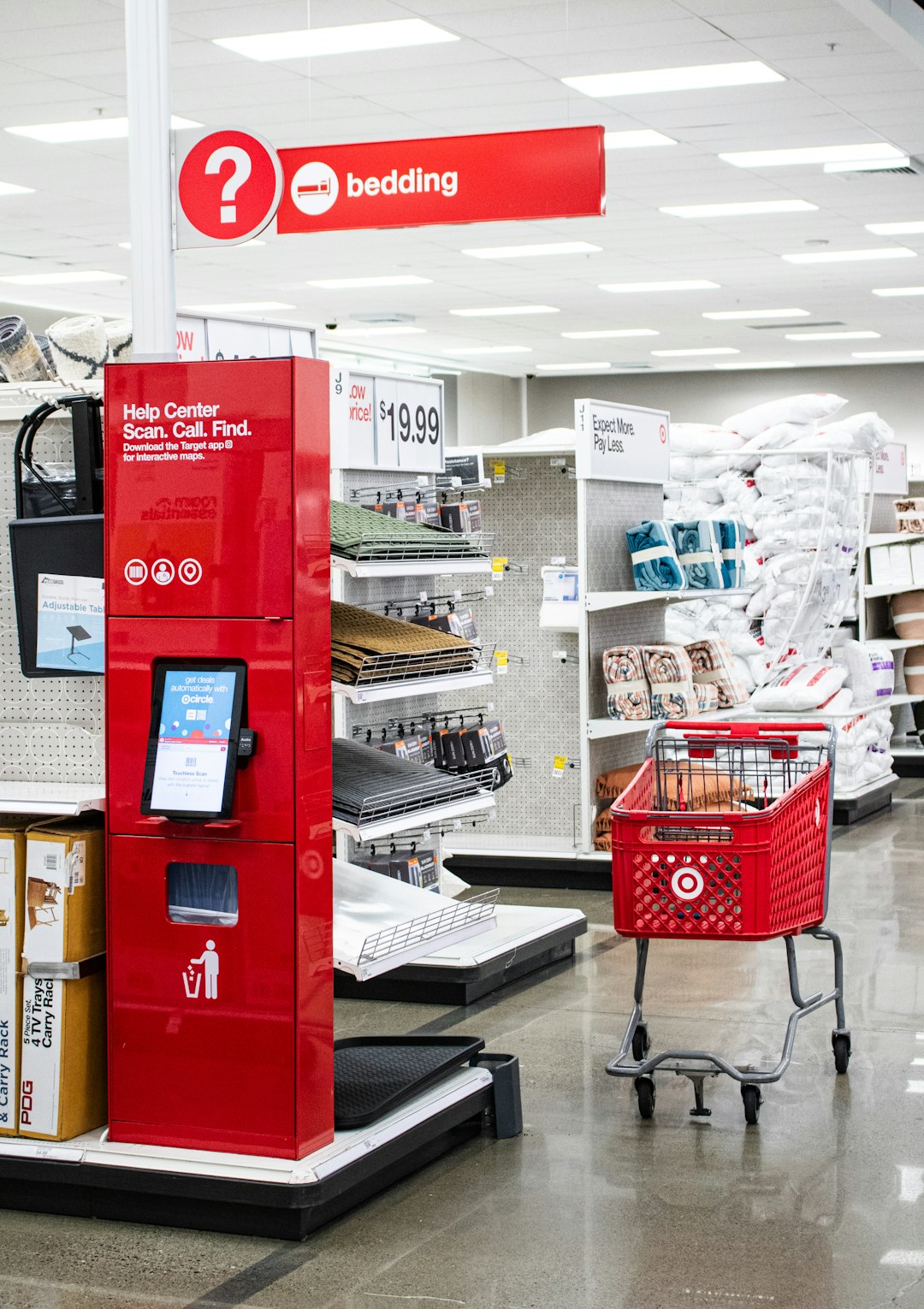June 2025 has brought a series of impactful developments across the marketing world. From advances in artificial intelligence-driven consumer data to the evolving role of sustainability in brand positioning, this month appears to be a critical turning point for companies seeking to maintain relevancy in a digitally transformative era. As brands recalibrate strategies in response to shifting consumer behavior, regulatory updates, and technological innovations, several key narratives have emerged that every marketer should be closely following.
1. Generative AI Moves from Experimentation to Execution
The continued maturity of generative AI platforms is reshaping creative workflows and marketing execution. In June, several leading brands announced the full-scale integration of generative AI into their marketing stacks. What used to be pilot initiatives have now become standardized components of content design, personalization, and customer interaction systems.
Noteworthy developments:
- Adobe launched enhanced features in Firefly 3.0, allowing brands to train models on proprietary assets, ensuring content remains brand-consistent and legally compliant.
- Unilever expanded its partnership with OpenAI-based platforms to deliver real-time conversational marketing experiences for their skincare and wellness divisions.
- Sprinklr and Salesforce have both debuted improved AI capabilities for social listening and automated campaign optimization.

Industry experts caution, however, that the rush to adopt AI should be tempered by transparency and ethical considerations. The EU’s impending Digital Responsibility Act, currently under legislative review, is putting pressure on multinationals to make AI usage in marketing traceable and ethically defensible.
2. The Rise of “Zero-Party” Data Strategies
With the deprecation of third-party cookies now in full effect across all major browsers, June has seen heightened discourse around the importance of zero-party data—the information consumers intentionally and proactively share with a brand. Earlier this month, Shopify introduced a new suite of tools aimed at helping SMEs collect declarative data without friction.
Key strategies gaining traction include:
- Interactive quizzes that help tailor product offerings while collecting user preferences
- Gamified loyalty programs tied to explicit user input
- Preference centers integrated into email subscription flows
This marks a major philosophical shift: from collecting covert data via tracking pixels to fostering trust and transparency. Brands such as Lululemon and Sephora have reported significant improvements in campaign effectiveness by focusing on zero-party data collection methods, paired with real-time offers and loyalty rewards.
3. TikTok Leads the Transformation of Social Commerce
June 2025 saw TikTok solidify its position as the leading platform for social commerce, particularly with its expansive rollout of the new TikTok Shopping Collection feature. This tool allows creators and brands to curate entire product experiences within a single video, complete with AR try-ons and checkout integrations.
Recent data from Comscore reveals that over 53% of Gen Z consumers in the US made at least one purchase through TikTok in Q2, with beauty, fashion, and wellness dominating key categories.

For marketers, this news has several implications:
- Relook at influencer partnerships with a performance marketing lens
- Prioritize short-form video product demonstrations
- Integrate SKU-level tracking into social metrics
With Meta also rejuvenating Reels’ shopping functionalities, the social commerce battleground of H2 2025 is likely to serve as a key determinant of brand digital retail performance for the next two years.
4. ESG Messaging Evolves from Buzzword to Brand Core
In a post-pandemic world where consumers increasingly demand purpose-driven brands, June has made it abundantly clear that environmental, social, and governance (ESG) strategies can no longer be siloed from mainstream marketing plans. According to a recent joint survey by Deloitte and Forrester, 78% of consumers ages 18-44 now say that a brand’s stance on sustainability “significantly influences” their purchase decisions.
Several global players have responded swiftly:
- Nike launched its “Fabric of the Future” campaign, aligning product innovation explicitly with carbon neutrality goals
- Starbucks introduced blockchain-powered source transparency on all seasonal beverages in North America
- Heineken debuted a sustainability index score on all its digital campaigns in Europe
The effectiveness of these initiatives hinges not only on authenticity but also on verifiability. Marketing leaders should expect more scrutiny from regulators and competitors alike as greenwashing accusations continue to spark reputational risks.
5. Retail Media Networks See Explosive Growth
One of the most prominent themes in this month’s marketing news is the meteoric growth of Retail Media Networks (RMNs). June brought major announcements from Walmart, Target, and Carrefour on expanding their RMN capabilities beyond basic ad inventory to full-fledged omnichannel integrations.
Retailers are offering advertisers access to rich, real-time purchase data while providing closed-loop measurement systems. This shift challenges traditional display advertising and gives brands powerful alternatives to Google and Meta for performance spend.
What stands out in June:
- Walmart Connect integrates streaming content placements via Vizio and Roku partnerships
- Target’s Roundel announces new AI-powered audience segmentation tools
- Carrefour Links expands to include dynamic in-store digital shelf advertising
Marketers are advised to re-evaluate 2025 media budgets in light of these RMN developments, particularly as first-party retail data becomes more valuable in a privacy-first era.

6. Measurement and Attribution Enter a New Era
This month, we’ve witnessed a renewed focus on solving the persistent challenges of marketing attribution, especially in light of multi-channel fragmentation. Google’s release of Performance Max 2.0 has sparked both optimism and skepticism. Improved AI-driven budget allocation, cross-platform visibility, and real-time attribution updates mark this upgrade as a considerable leap forward. Still, critics argue it remains too opaque for truly granular decision-making.
Across the board, CMOs are increasingly looking towards unified measurement frameworks that blend MTA (multi-touch attribution) and MMM (market mix modeling), reflecting the rising need for adaptability and speed in insights generation.
Conclusion: Strategic Agility as the New Imperative
June 2025 underscores a foundational truth for modern brands: agility is no longer optional. Whether it involves adapting to post-cookie realities, deploying AI thoughtfully, or creating values-driven narratives, brands must make sharp, fast, yet ethical decisions.
Key takeaways for marketers:
- Invest in AI and automation, but embed governance models
- Shift from third-party data to participatory consumer engagement
- Embrace social commerce as not just a trend, but as a permanent channel
- Ensure ESG is not peripheral—it must be central and measurable
- Tap into Retail Media for performance and reach, rethinking old budget allocations
The rapidly evolving ecosystem rewards those who can balance innovation with accountability. As we move into the second half of 2025, marketers who have a firm grasp on these developing dynamics will not only stay ahead—they will redefine what marketing success looks like in a consumer-empowered digital era.




